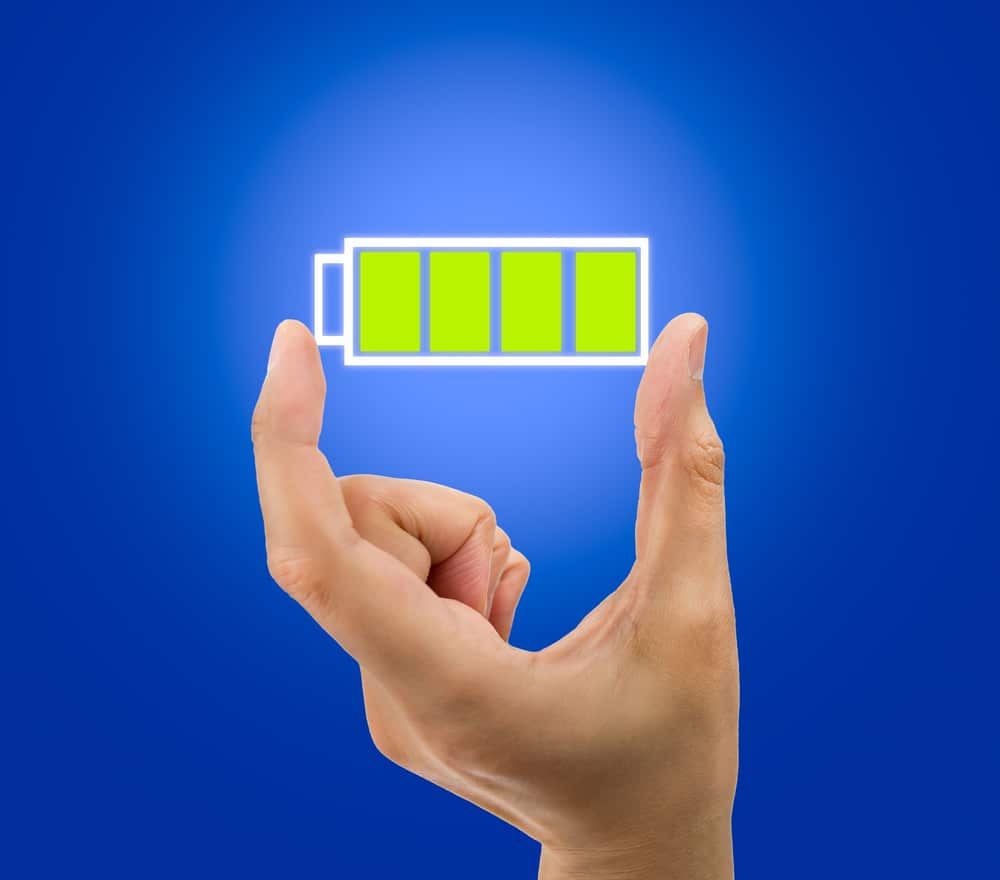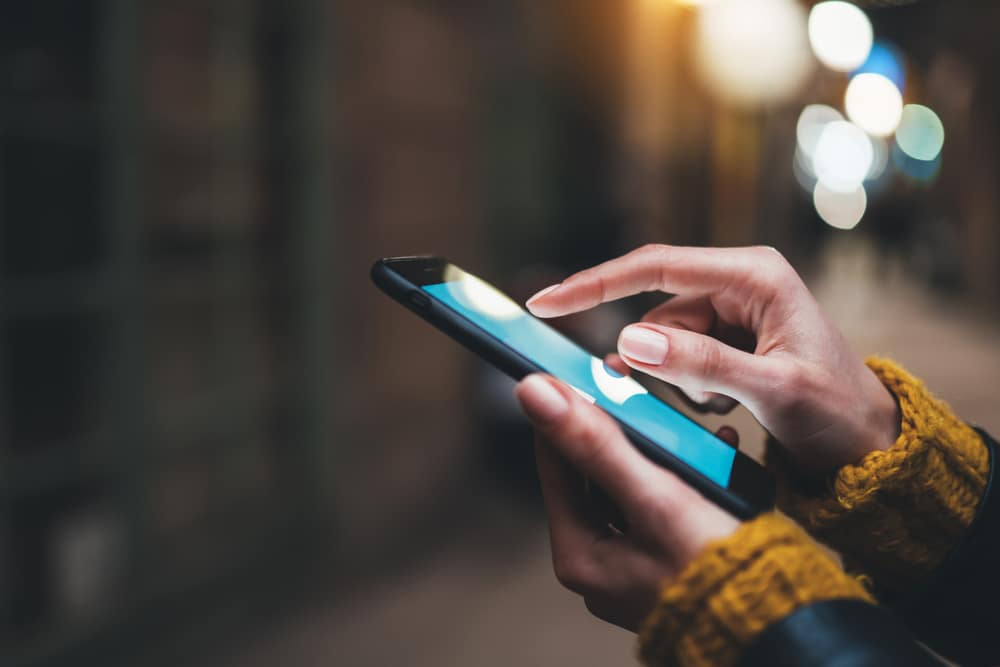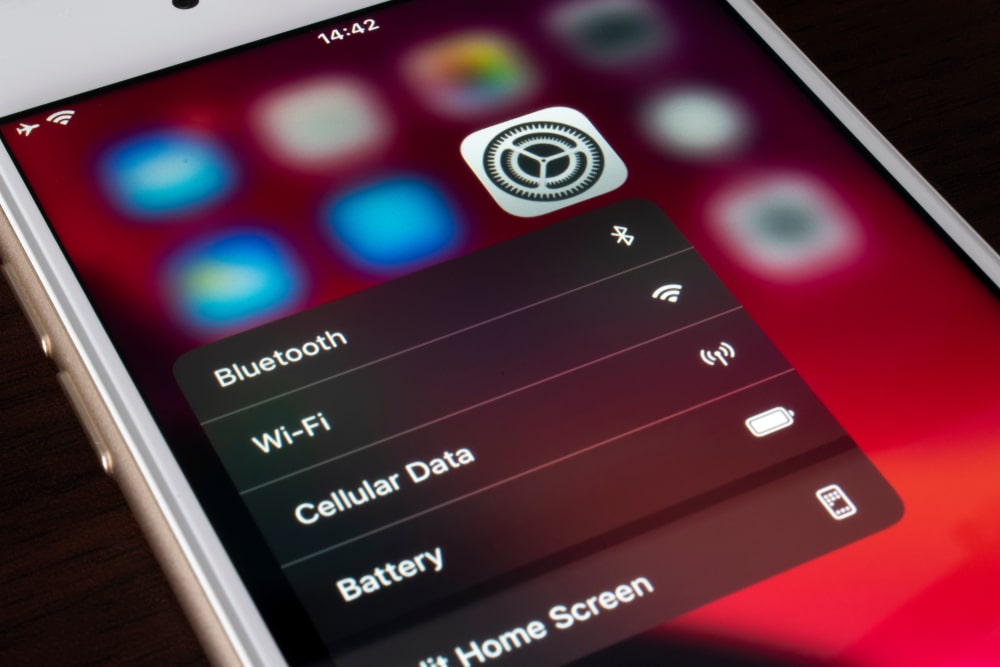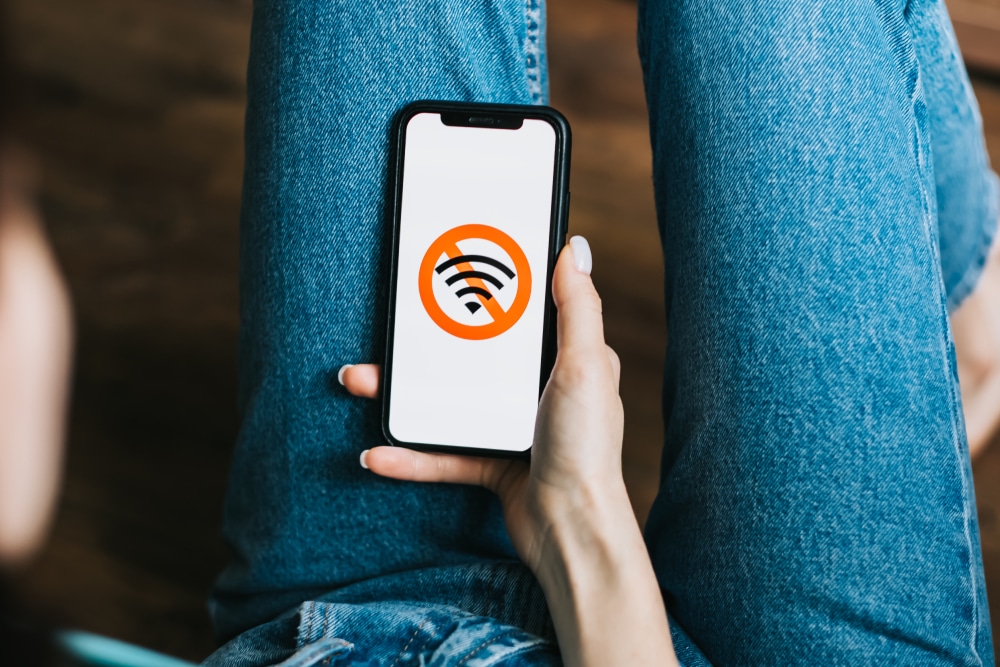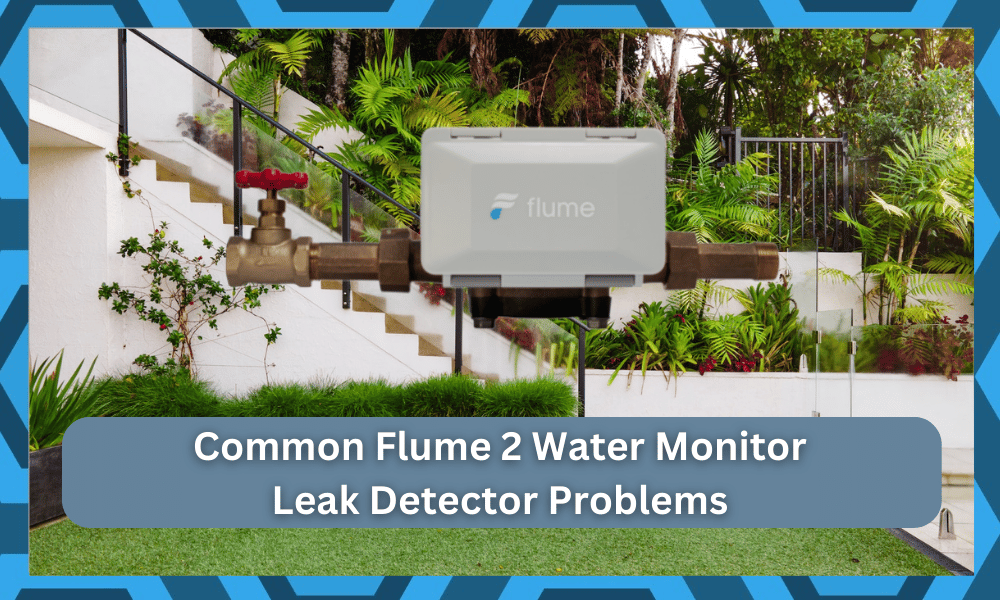
It is highly recommended that you invest in the Flume 2 water monitor since it is a great method to guarantee that your basement will never again be flooded accidentally.
However, it is not without its drawbacks, and there is a plethora of frequent difficulties that might arise along the route.
Nonetheless, it is a worthwhile investment. The following is a list of nine typical issues that have been reported with the Flume 2 water meter, as well as simple fixes that you may use to make your life simpler and less stressful.
You will get great insight into how to get the most out of your device by following each of these guidelines, which will offer you with vital knowledge. You won’t ever have to be concerned about the effects of water damage again!
Common Flume 2 Water Monitor Water Leak Detector Problems Troubleshooting
- The Battery Won’t Charge
The battery in the Flume 2 Water Monitor cannot be swapped out for a new one. It’s possible that the charger that came with your Flume 2 Water Monitor is defective if you discover that it won’t charge despite your best efforts to reset it.
Make sure the replacement charger you acquire from Flume or the one you replace it with is certified for usage in other countries when you plug it in.
Countries such as France, Australia, and Israel are just some of the locations where the Flume 2 Water Monitor may be charged with the International Charger.
- The Alarm Isn’t Going Off
If your alarm hasn’t gone off yet despite the fact that there is water detected on the sensor pad, there may be a problem with interference from technology such as microwaves or telephones.
If you are having trouble with this issue, consider turning off any gadgets that are close before setting off an alarm.
After you have determined whether or not they are causing interference with your detector, you should switch them back on so you can check to see whether they have stopped doing so.
- The Unit Has Been Reset but Still Isn’t Working Properly
There is no guarantee that restarting your device will fix the issue.
It is recommended that, prior to turning the Flume 2 Water Monitor back on, you do a manual reset on it by holding down the Reset button until it goes off, and then waiting between three and five seconds before turning it back on again.
If you are still having issues with your detector, please get in touch with our support staff so that we can provide you with more help!
- The Flume 2 Water Monitor App Keeps Crashing
If your app keeps crashing, you may want to:
- Close out all other apps on your phone and restart your phone.
- Update your OS.
- Check for updates from Flume 2 Water Monitor.
- Delete and reinstall the app.
- The App Shows No Data Being Recorded
If there’s no data showing up in either Water Quality or Flow Rate, then you need to make sure that Bluetooth is turned off on both devices.
It’s possible that the device was never paired with each other. In order to get them paired, you’ll have to go through the process again from scratch by following the instructions below:
- Make sure Bluetooth is enabled on your device(s).
- Open up Bluetooth settings from your device settings.
- Select Flume under Paired Devices.
- Go back one screen and press Pair Device.
- Not Getting Any Notifications
It’s not uncommon for new users of the Flume 2 Water Monitor to not get any notifications, especially if they don’t have a Wi-Fi connection.
The problem can be solved by going into your settings and selecting Wi-Fi only. This means that your device will only be connected to the internet via Wi-Fi rather than using cellular data.
- Unable to Connect to the Device
If you are having trouble connecting to your Flume 2 Water Monitor, make sure that it is within 30 feet of the router.
You’ll also want to remove the Ethernet cable from your router. Remove any other devices or appliances on your home network that may interfere with your Wi-Fi signal.
Make sure you’re entering in the correct password for the wireless network on your phone or tablet as well as on the device itself.
Your Home Network Might Not Support 802.11ac. The Flume 2 monitors uses 802.11ac technology, which may cause problems when trying to connect because many homes might not support this standard yet.
- The Sensor isn’t Detecting Water
It is possible that the sensor has to be calibrated in order for it to detect any water at all. The following are the steps that need to be taken in order to calibrate your sensor:
- Position your Flume 2 Water Monitor so that it is directly in front of a bowl or other container that contains one liter of water.
- After turning the device on, wait two minutes for it to finish running before turning it off again.
- After the first two minutes, power the gadget back on and wait one minute before shutting it off once again and establishing a new timer for five minutes.
- After hitting the Test button, check to see whether the presence of water was determined.
if it was, then you are ready to go! In the event that this is not the case, you will need to repeat the method described above until you get a reading from your sensor that is precise enough to use for checking for leaks.
- The Sensor Keeps Triggered
If your sensor is being activated on a regular basis, this may indicate that it is not located in an optimal spot for coverage.
You might try repositioning the sensor to see if that makes a difference. If it does not resolve the issue, you may try modifying the sensitivity settings on your app.
When you move the dial to the right, the water leak detector’s sensitivity will increase, and when you turn it to the left, it will decrease.
- The Sensor Keeps Going Offline
The most typical issue that arises with the Flume 2 Water Monitor is that it often disconnects from the internet.
The battery, the Wi-Fi connection, and the power source are the three factors that contribute to this issue the most often.
If you are having any of these issues, you should consider performing a reset before getting in touch with customer assistance.
Simply removing and replacing the batteries in your device (if necessary), powering it down and then turning it back on again, or disconnecting from Wi-Fi and then reconnecting to Wi-Fi are the steps necessary to reset your device.
- The Device Isn’t Detecting Any Leaks
There can be occasions when there will be a problem in which the sensor simply will not detect any leaks at all.
First things first, check to see that the sensor is not picking up any ambient noise, such as loud rain outside or music being played within your home.
In the event that everything has been checked out but you are still unable to discover leaks, please get in touch with customer care for further assistance.
- Can’t Connect the Sensor to My Wi-Fi
There are a few different solutions available to try in the event that you are unable to connect your sensor to Wi-Fi.
First things first, check to see that the batteries in your sensor have sufficient charge. If they are low and you are still having difficulties connecting, you may try exchanging them for fresh ones if necessary.
Second, when the program prompts you to enter your Wi-Fi password, double check that you are doing it in an accurate manner.
You could also double verify that the signal strength is good where you are; if it is not, being physically closer to your router should resolve the problem.
- Unable to Find Sensor
If you can’t find your sensor, first make sure that it’s not on and plugged in. If it is plugged in and on, try resetting your water sensor by unplugging it for a few minutes and then plugging it back in.
You may also be having an internet connectivity problem. Check to see if any other devices have internet access or if you have any lights on your modem.
Another possible reason could be that there are too many Wi-Fi networks around and your device isn’t connecting to one. In this case, go into the settings of your router to change the channel width from 20mhz to 40mhz.
13. It Does Not Make a Sound When I Turn It On:
When you switch on your water leak detection, the alarm should emit a sound to let you know that everything is functioning properly.
If the alarm does not produce any sound or noise when it is powered on or installed, there may have been an issue with the device during the installation or power-up process.
Check all of your connections to ensure that they are correctly plugged in, and then verify that the device has power by connecting it to a source of electricity.
